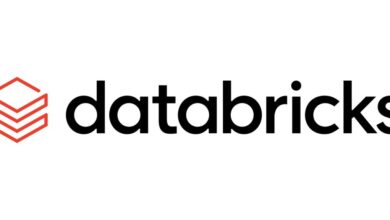Department of Commerce Announces New Actions to Implement President Biden’s Executive Order on AI

The U.S. Department of Commerce announced today, following the 180-day mark since President Biden’s Executive Order (EO) on the Safe, Secure and Trustworthy Development of AI, several new announcements related to the EO. The department’s National Institute of Standards and Technology (NIST) has released four draft publications intended to help improve the safety, security and trustworthiness of artificial intelligence (AI) systems. NIST has also launched a challenge series that will support development of methods to distinguish between content produced by humans and content produced by AI. In addition to NIST’s publications, Commerce’s U.S. Patent and Trademark Office (USPTO) is publishing a request for public comment (RFC) seeking feedback on how AI could affect evaluations of how the level of ordinary skills in the arts are made to determine if an invention is patentable under U.S. law, and earlier this year released guidance on the patentability of AI-assisted inventions.
“In the six months since President Biden enacted his historic Executive Order on AI, the Commerce Department has been working hard to research and develop the guidance needed to safely harness the potential of AI, while minimizing the risks associated with it,” said U.S. Secretary of Commerce Gina Raimondo. “The announcements we are making today show our commitment to transparency and feedback from all stakeholders and the tremendous progress we have made in a short amount of time. With these resources and the previous work on AI from the department, we are continuing to support responsible innovation in AI and America’s technological leadership.”
The NIST publications cover varied aspects of AI technology: The first two are guidance documents designed to help manage the risks of generative AI — the technology that enables chatbots and text-based image and video creation tools — and serve as companion resources to NIST’s AI Risk Management Framework (AI RMF) and Secure Software Development Framework (SSDF), respectively. A third NIST publication offers approaches for promoting transparency in digital content, which AI can alter; the fourth proposes a plan for developing global AI standards. These publications are initial drafts, which NIST is publishing now to solicit public feedback before submitting final versions later this year.
“For all its potentially transformative benefits, generative AI also brings risks that are significantly different from those we see with traditional software. These guidance documents will not only inform software creators about these unique risks, but also help them develop ways to mitigate the risks while supporting innovation.” —Under Secretary of Commerce for Standards and Technology and NIST Director Laurie E. Locascio
Read the entire news release on the Department of Commerce website.



